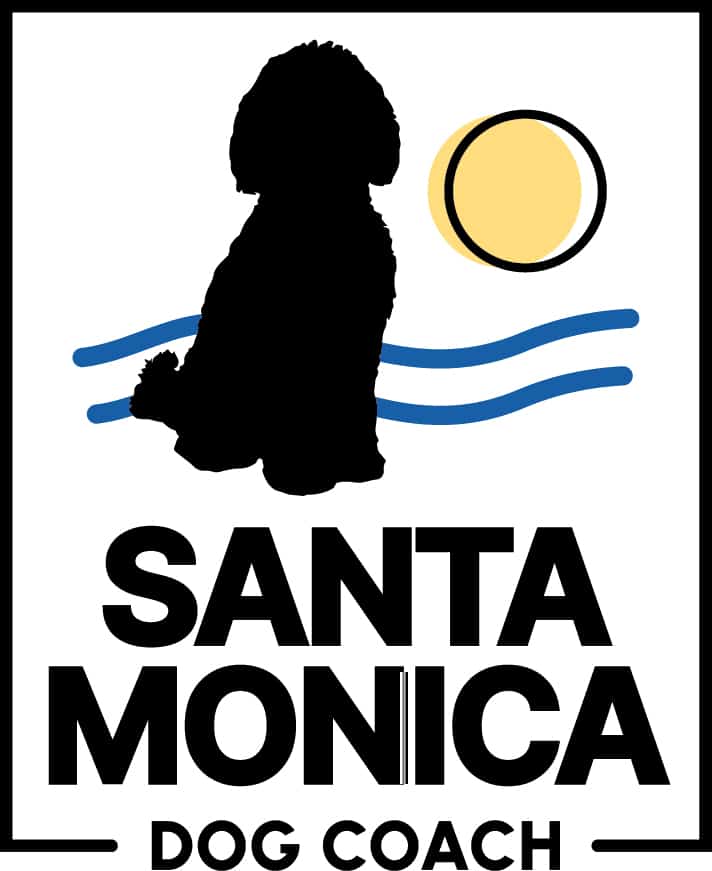Hand Signals & Settle Mats
Dogs are more likely to comply with our requests when they’re comfortable. I recommend using a mat or pad when cue/command training for this reason. In addition, having a “settle mat” when you take them out for socialization or to visit friends & family means you take what they’ve learned on the mat with you!
Teaching the Hand Signal for “Sit”
Human voices excite and distract all dogs & puppies. I strongly recommend being silent during the learning phase when teaching “sit” and all other commands/cues, for this reason. By allowing your pup to focus 100% of their attention and brain power on the hand signal the process is easier and more fun for puppies and dogs alike.
You can easily add the word “sit” after 2 weeks of hand-signal practice, if desired.
Notice that only the wrist moves. The elbow and shoulder are frozen.
Wait! Be patient. Allow your dog time to respond, especially in the early stages.
When your puppy or dog sits, deliver the reward immediately. The closer the reward arrives to your dog’s execution of the cue, the faster they will learn.
Avoid repeating cues, whether verbal or a hand signals, if your dog fails to respond immediately. Doing so confuses the meaning you want to convey and makes learning harder on dogs as they struggle to decipher which time you repeated the cue was the behavior you want to repeat.
Permit your puppy or dog the grace to move at their own pace by remaining silent and still for up to 10 seconds after you perform a hand signal OR say a cue. If nothing changes after 10 seconds, repeat the hand signal.
When puppies and dogs hesitate to respond to a requested behavior they’ve successfully performed previously, it’s not because they’re hard of hearing or didn’t understand you. It’s because new information takes processing time for all species.
Only reward the “sit” cue while your dog is fully sitting on the ground, rear end and front paws touching the floor.
If your pup stands while you’re lowering the treat, stop and return to the standing position.
If your pup lays down, repeat the “sit” hand signal.
Avoid rewarding anything but the behavior they’re performing at the moment you deliver the reward. Saying “no” or anything else can be confusing for your pup.
As long as your pup remains sitting, you can reinforce the “sit” behavior by repeating the hand signal (below) and immediately rewarding with a high-value treat.
Dee Green has been a professional dog trainer and canine behavior consultant for more than 20 years. She specializes in puppies up to 18 months, and fearful, anxious and reactive dogs of all ages.
©️2024 Dee Green, all rights reserved SantaMonicaDogCoach.com
